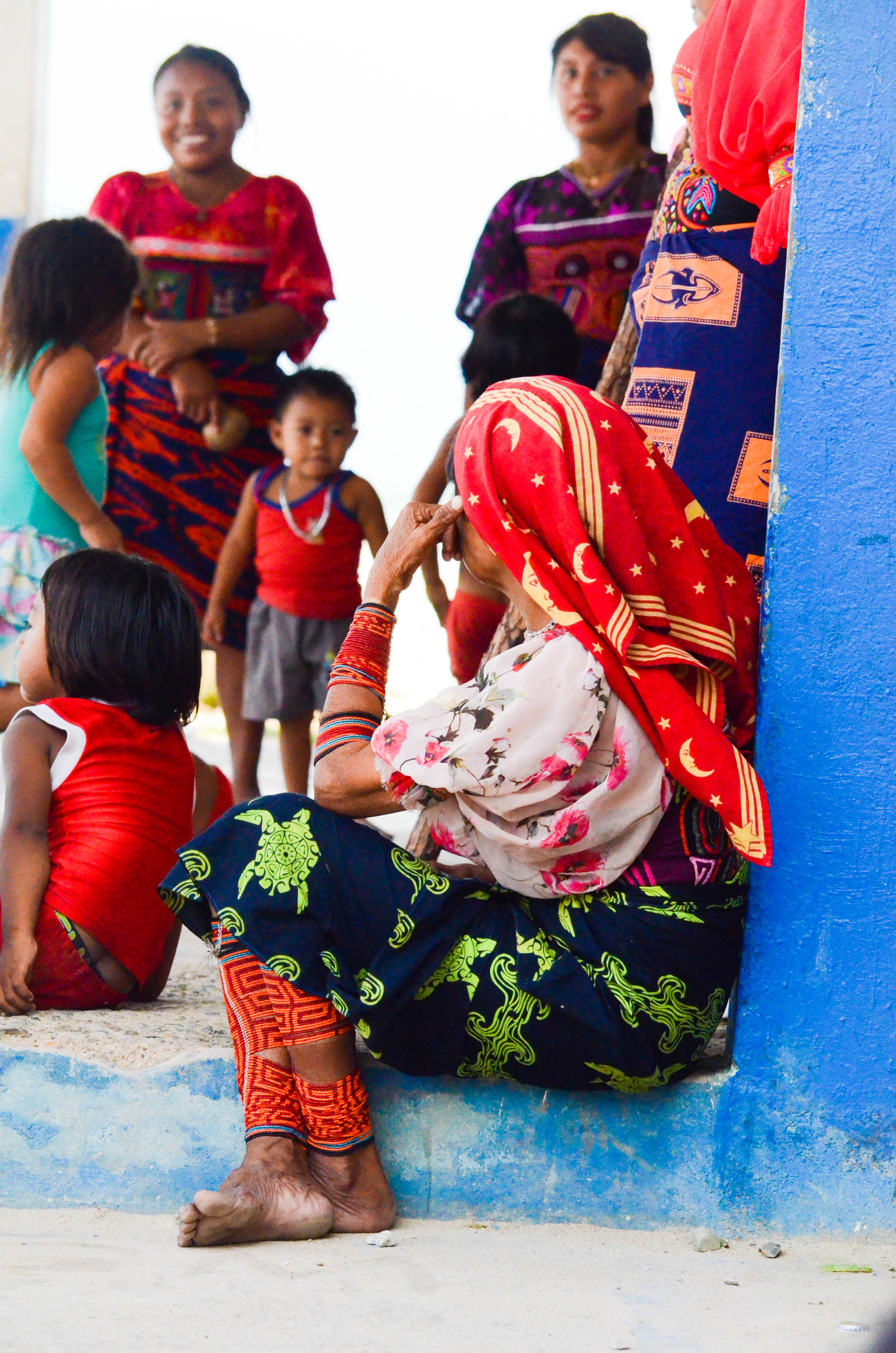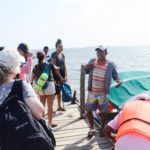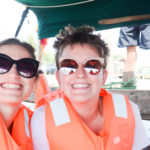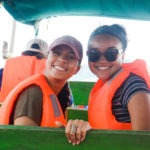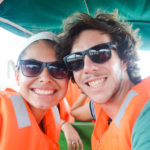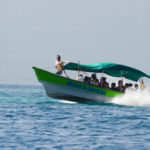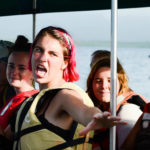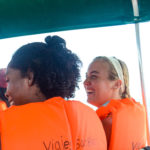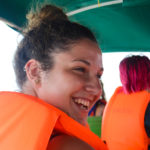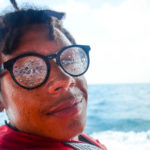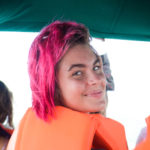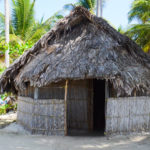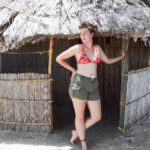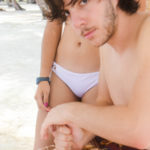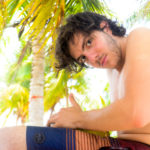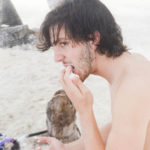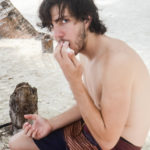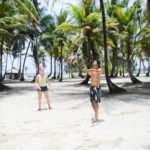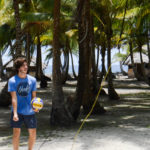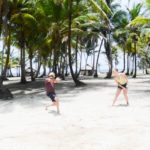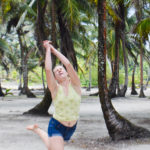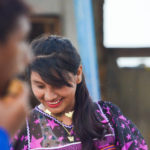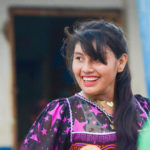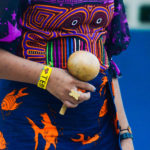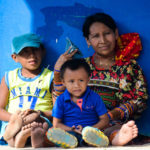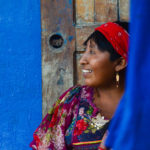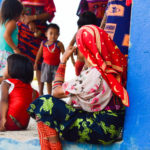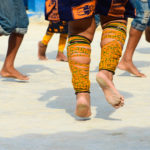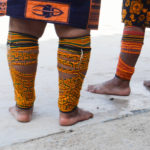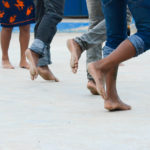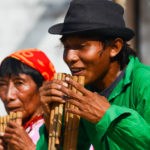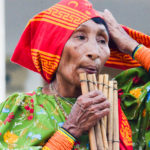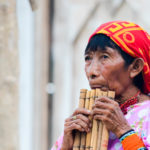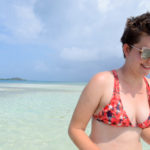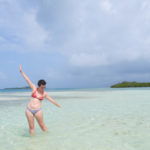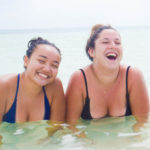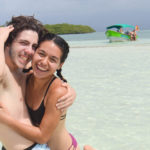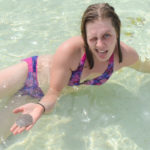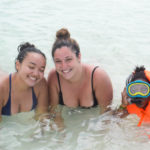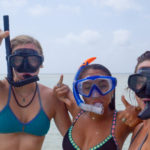The Island Life of Guna Yala
A two and a half hour drive from Panama City and an hour long boat ride will find you at the island of Demarachu in the territory of the indigenous group of Guna Yala, also known as Kuna Yala. The LIU Global kids spent two days staying on this beautiful island in the Atlantic to discover the vibrant culture and autonomous government structure of Guna Yala’s 365 islands.
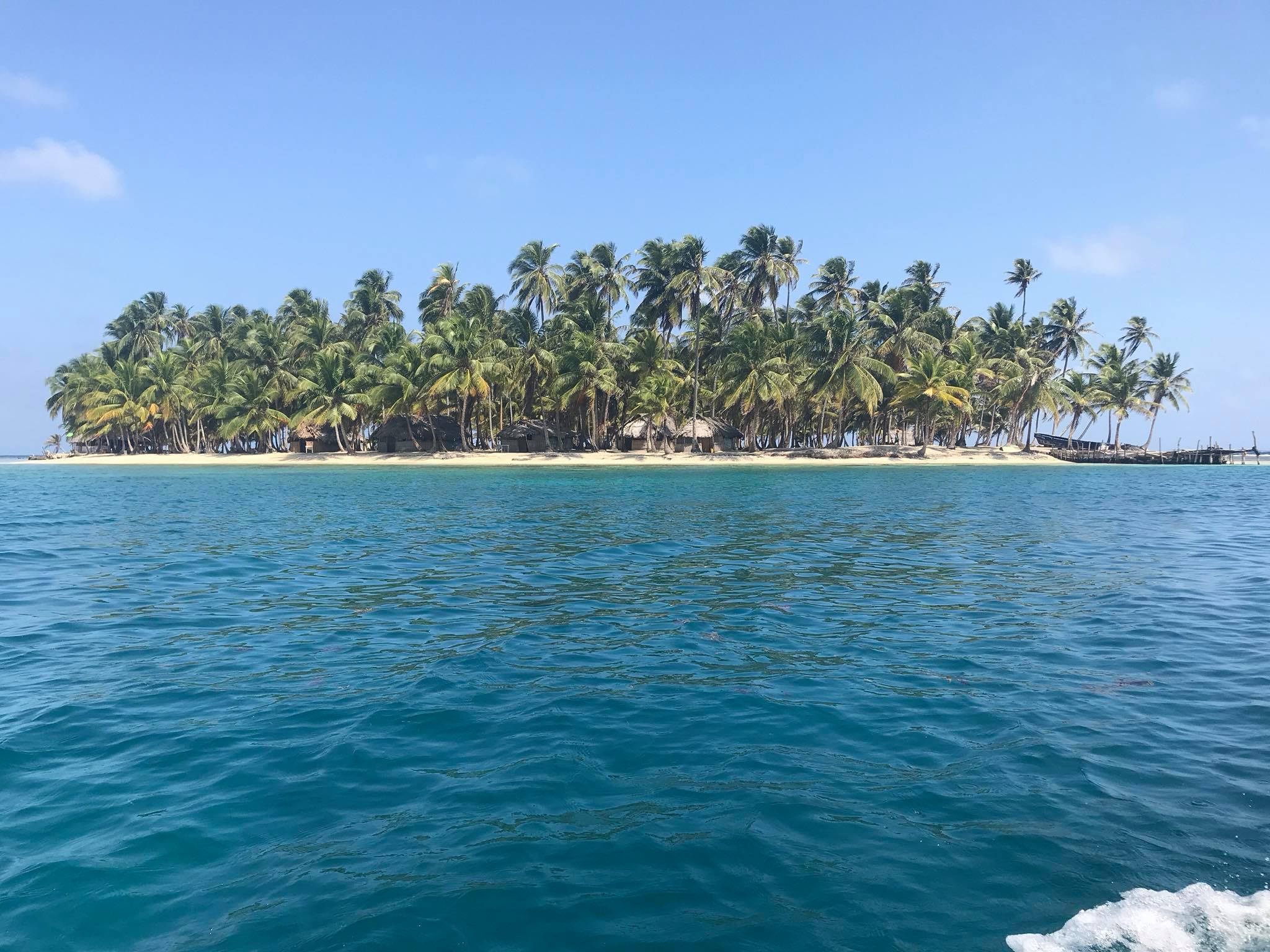
The island of Demarachu in the Guna Yala archipelago. Photo by Kayla Ryan.
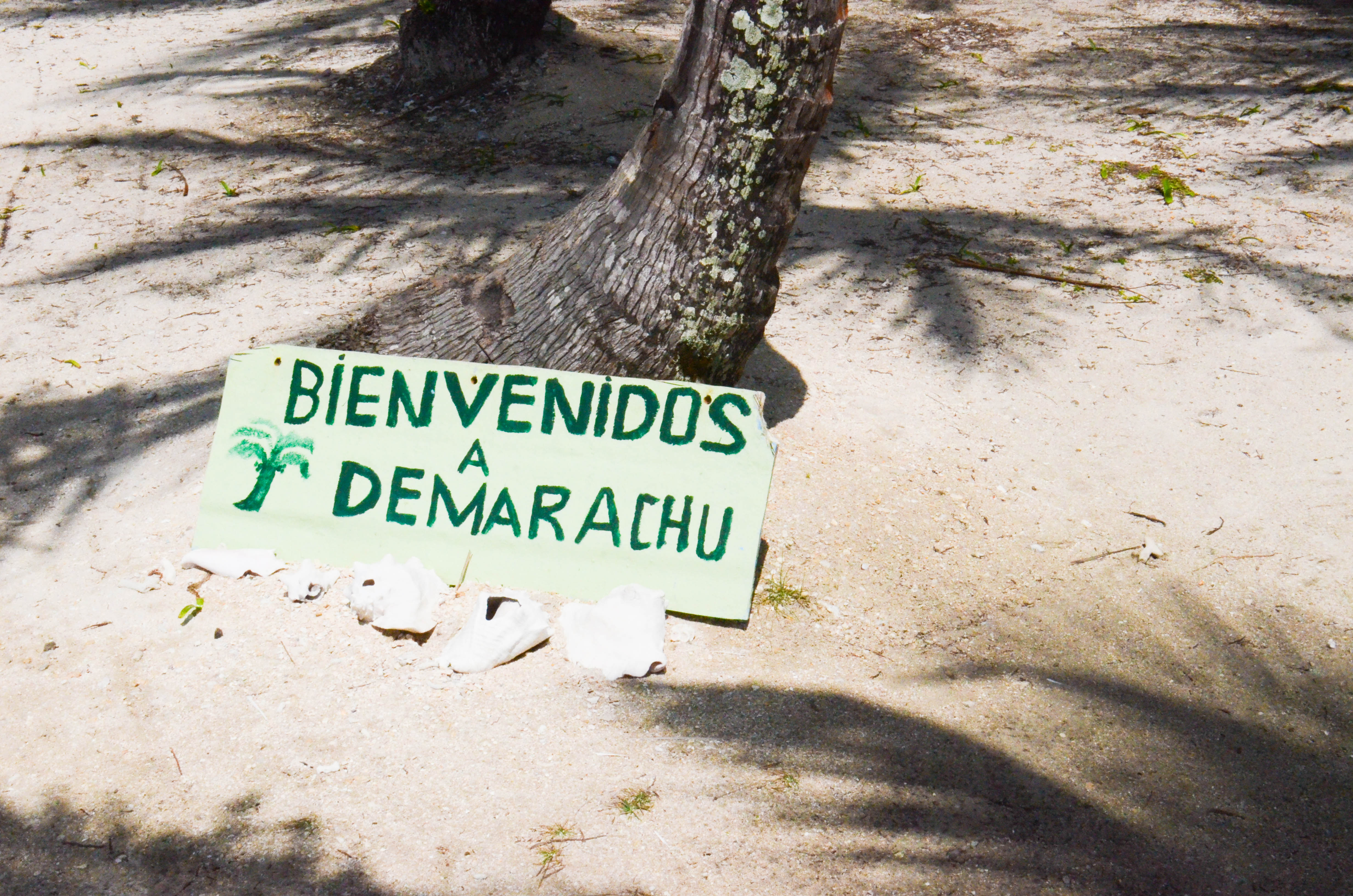
Welcome to Demarachu.
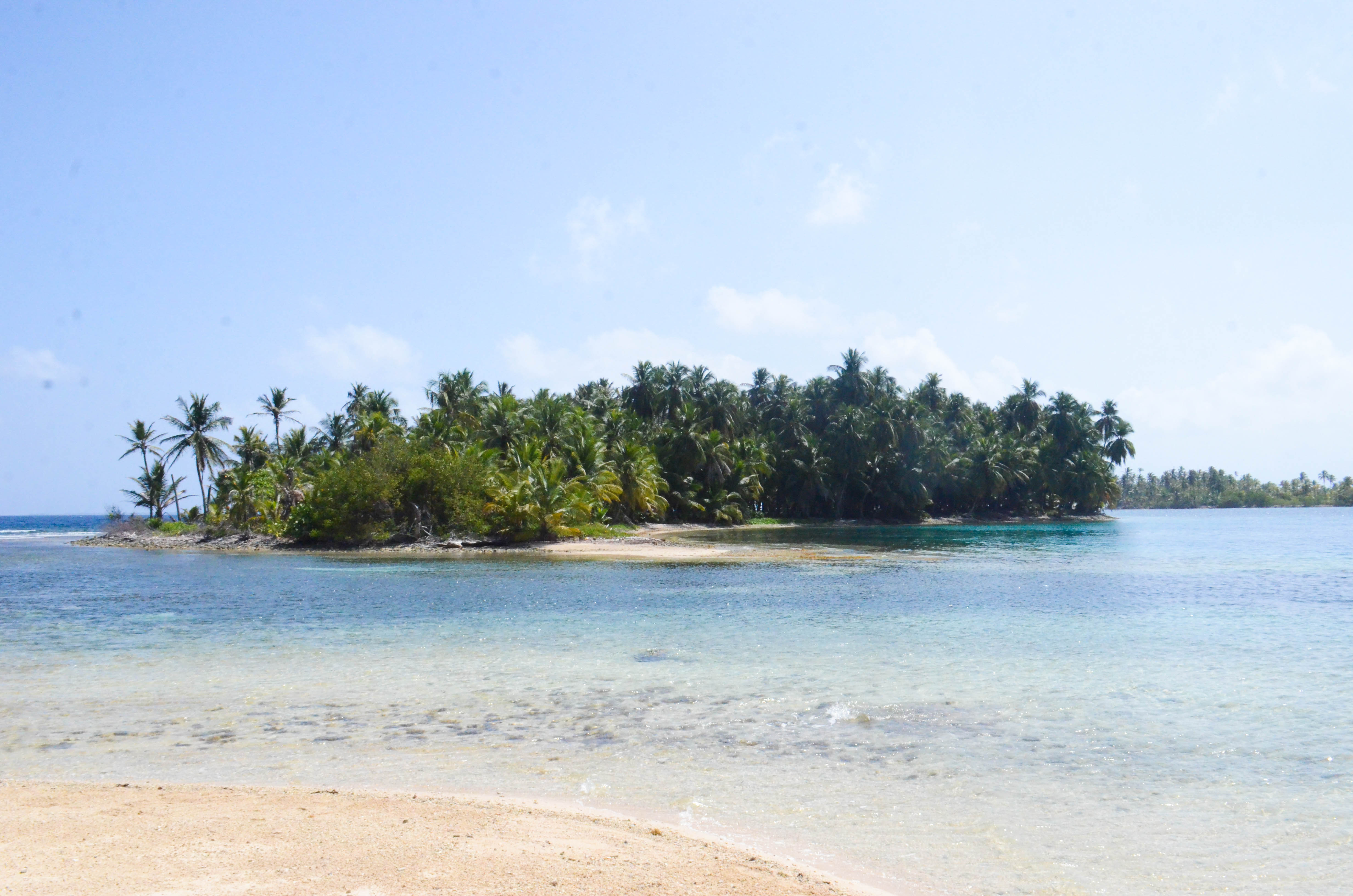
The view of a nearby island from “our” island.
During our time on the islands, we boated from island to island. While in Guna Yala, all travel and tourism is under their jurisdiction, and we were fully reliant on some super nice local guides throughout our stay.
On the island, we stayed in cute little bungalows with woven palm roofs and sand floors. In fact, the only time we stepped off of sand while in Guna Yala was while on the boats. We fell asleep to the sounds of the gentle waves and woke up to the sun over the water. Kind of. The first night I actually fell through my bed frame on the mattress onto the floor like an accordion because it didn’t have enough support posts, but eventually I crawled out of the hole and found a new bed in the dark.
- The bungalow we stayed in while in Kuna Yala.
- Standing in front of our bungalow.
The island is home to a family that runs the “hotel” and workers that clean and make food. Each meal we were given delicious, fresh food that typically included fresh-caught seafood. What is incredible about these meals is that all of the supplies need to be brought into the island from the mainland. Each grain of rice that we ate had to be brought in by means of a very long boat ride to the mainland or other islands and back.
This system prompted us to ask questions about sustainability and environmental issues in Guna Yala. Their way of life on the islands is difficult, but it is the only way they know, and the imported goods are supplemented by agriculture on the islands and fishing. Additionally, the islands are facing the effects of climate change. Some islands are going under or losing land mass due to rising ocean waters, and some islands have plans in place to eventually move to the mainland. It is crucial that we recognize that climate change is in fact real and it having a tangible impact on communities around the world as it is in Guna Yala.
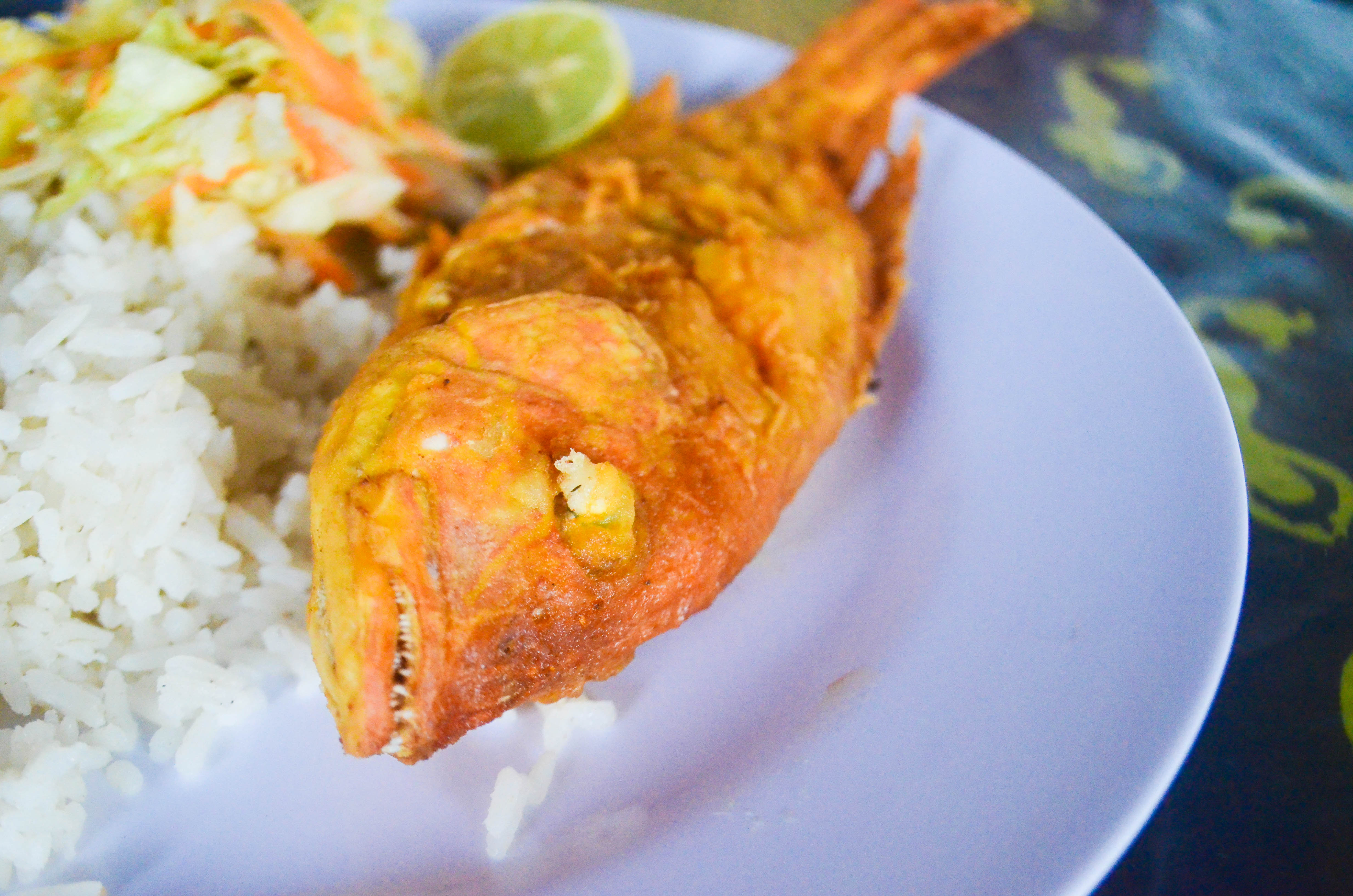
Fresh caught fish served for lunch.
Bottled water also has to be brought in to stay hydrated, and the toilets and showers all run off of saltwater (we were pretty grimy tbh because we didn’t really take the saltwater showers). However, there was one great way to stay hydrated directly from the island, and that is by drinking fresh coconut water straight from the coconuts on the palm trees all over the island. We had to be careful not to be hit by falling coconuts, but it’s a trade off.
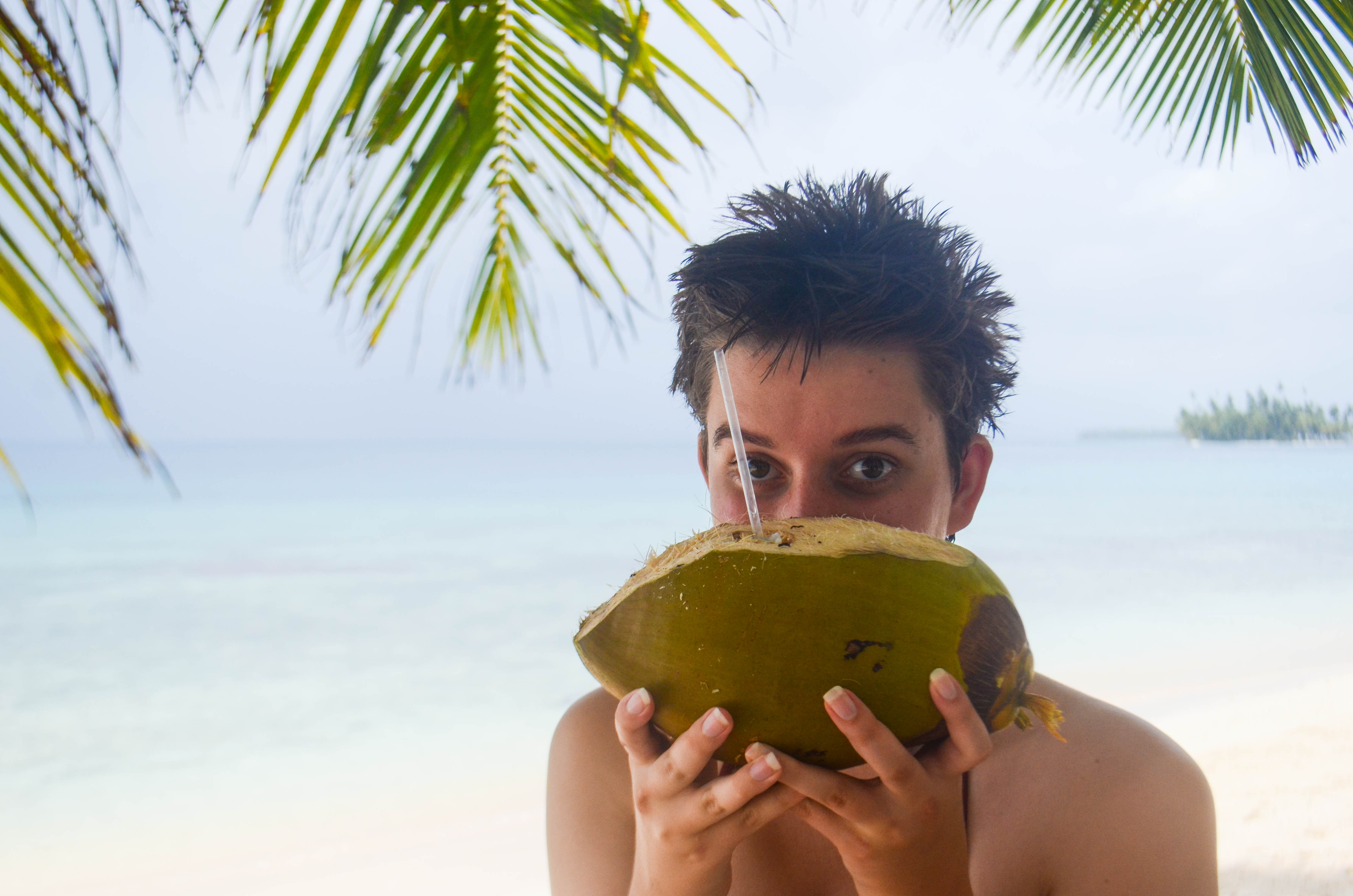
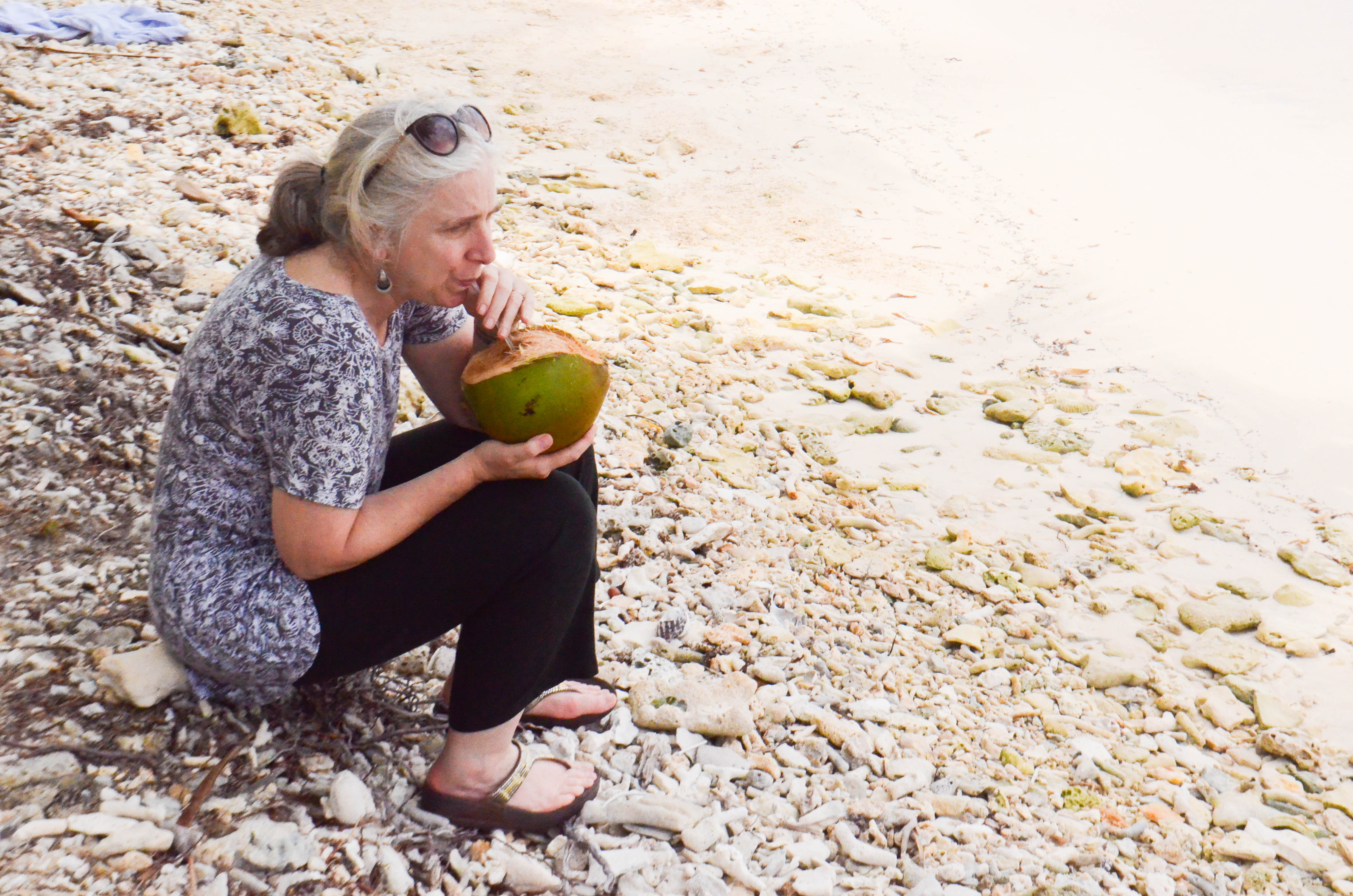
Our director, Sarah, enjoying a coconut on the beach.

Kendall enjoying a coconut on the beach.
Also, enjoy these photos taken on my camera by Josephine Bourne of Ross savagely eating a coconut. Truly works of art.
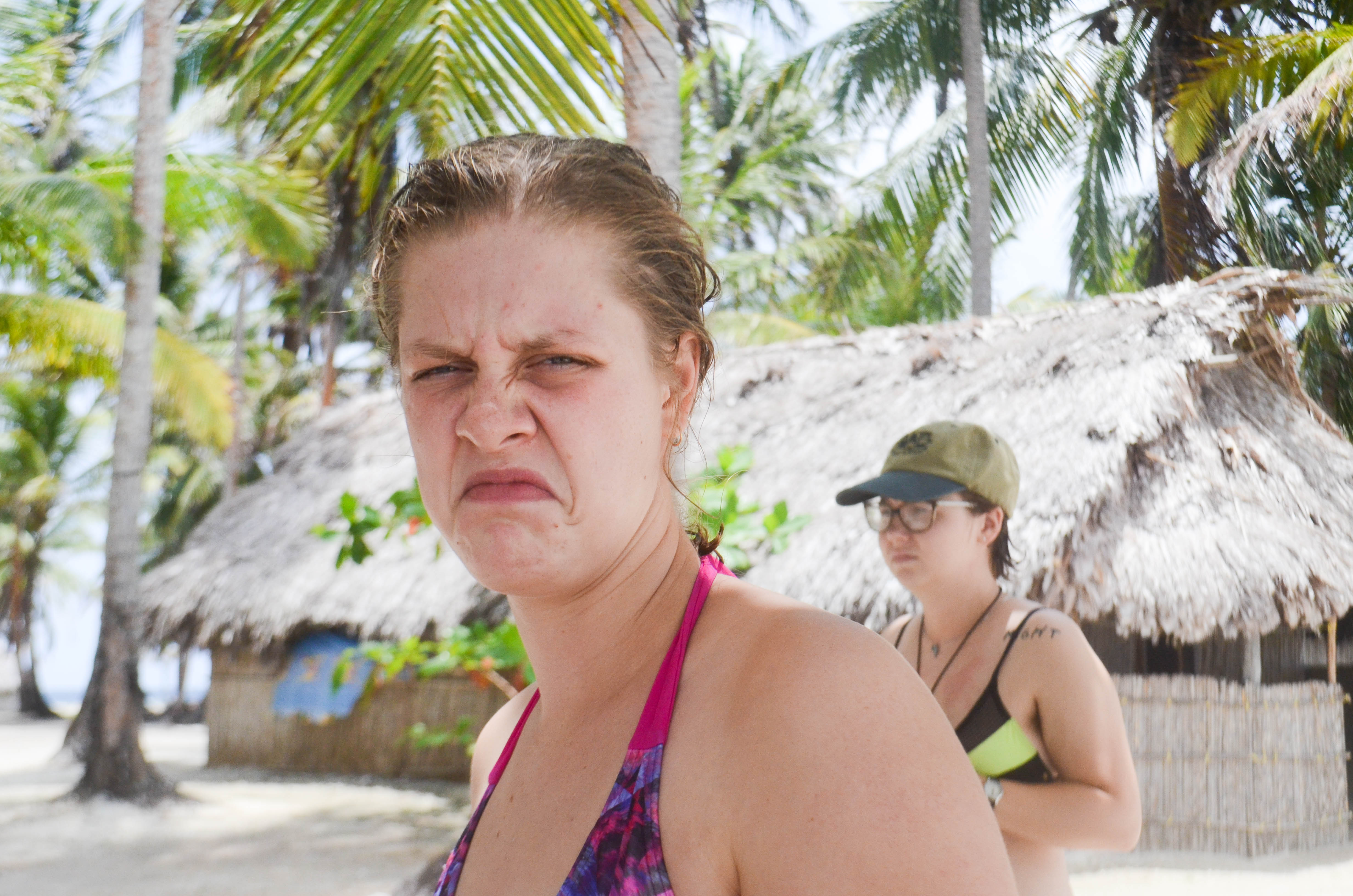
The photographer herself.
To pass free time on the island, we walked the beach, swam in the crystal waters, read, and played volleyball. While playing, I may have dove straight down on the ground for a ball. My mom is very clever and claims it’s the only time I dove for a ball. Haha. Jokes on her because I got the ball. My loser classmates didn’t get the ball over the net because they were too busy watching me face plant, and I destroyed my leg, but that’s beside the point.
- Joey and Josie playing beach volleyball.
- Ross playing beach volleyball.
- Gil and Josie playing beach volleyball
- Quite possibly the best photo I’ve ever taken. Take note of where the ball is in this photo.
When not hanging out on “our” island, we were going from island to island to talk with Guna leaders and learn more about their society. On the first trip, we had the unique opportunity to meet with that city’s ‘Saila,’ or spiritual leader. He told us of their beliefs, namely of their sense of community and hospitality. This was evidenced by the room we met it, called the ‘big house,’ where visitors are welcomed by food and a place to sleep in large hammocks in the middle of the space. Additionally, they believe in a religious structure of the Great Creator, the Earth Mother and Earth Father, and eight brothers that represent the sun, the moon, and other planets.
The Saila spoke exclusively in the Guna language, which was then translated into Spanish by another Guna, and then translated into English by our director. It was a lot, but interesting to hear the native language that is still prevalent. Of Guna Yala’s 365 islands, about 42 are inhabited, and there are 49 Sailas that represent their ‘pueblos.’ On a greater governmental scale, they have three chiefs and a Guna congress that represents their interests in Panama City to the Panamanian government.
After this talk, we watched two traditional dances performed by women and young men. The dances represented women’s tears during the revolution. The women dress fully in their traditional outfits, called ‘molas,’ everyday because it is believed that they come from a celestial plane or world that the men never saw.
Later that day, a medicine man, known in Guna Yala as a ‘Nele,’ told us of the natural medicinal practices utilized by the Guna. The Neles are chosen by birth-right and begin receiving cosmo visions and being able to determine health issues around the age of twelve. Their methods include prayers to the Earth Mother and Father, singing to plants before requesting permission to use them, and utilizing said plants in salves and tinctures. He claims that the Neles can cure any affliction, and that no Gunas consult medical doctors.
He also explained the history of the Guna revolution. In the 1910s Panama placed military forces in Guna Yala to control the Guna people. They treated the Gunas with little respect and tried to assimilate them. One cacique, or chief, of the Gunas was fed up with this treatment and set out to do something about it. This chief had helped rehabilitate a U.S. ambassador after a plane crash years earlier, and he used this relationship to gain help for the Guna’s cause. He sent his son, an albino woman, and another Guna to Washington, D.C. to meet with U.S. representatives. This meeting resulted in the U.S. placing a ship in the Atlantic in the Guna’s territory (the U.S. most likely had an ulterior motive of protecting their beloved canal). In 1925, everything came to a head when the Gunas conspired to get the police drunk during a celebration. Once the police were appropriately smashed, they took them out along with any person, including women and children, that had any blood that was not Guna. They now possess their own territory and maintain their own culture, religion, and government.
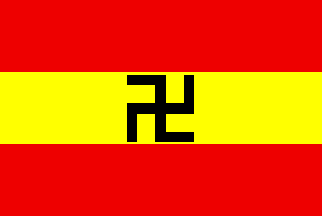
The revolution flag. The red represents blood shed, the yellow represents the sun, and the black symbol represents lines of communication between Guna leaders during the revolution.
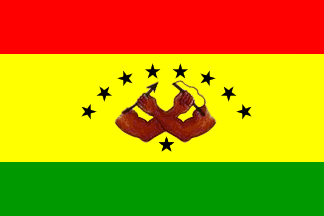
The Guna flag. The red represents Guna blood, the yellow the sun, the green the connection with the Earth. The arms represent brotherhood and the eight stars represent the brothers/planets.
After learning about the revolution the second morning, we set off with our guides for snorkeling. They took us to three spots: a large sand bank where we could walk seemingly in the middle of the ocean and uncover sand dollars, a shallow spot near an uninhabited island teeming with starfish, and a small island surrounded by vibrant coral.
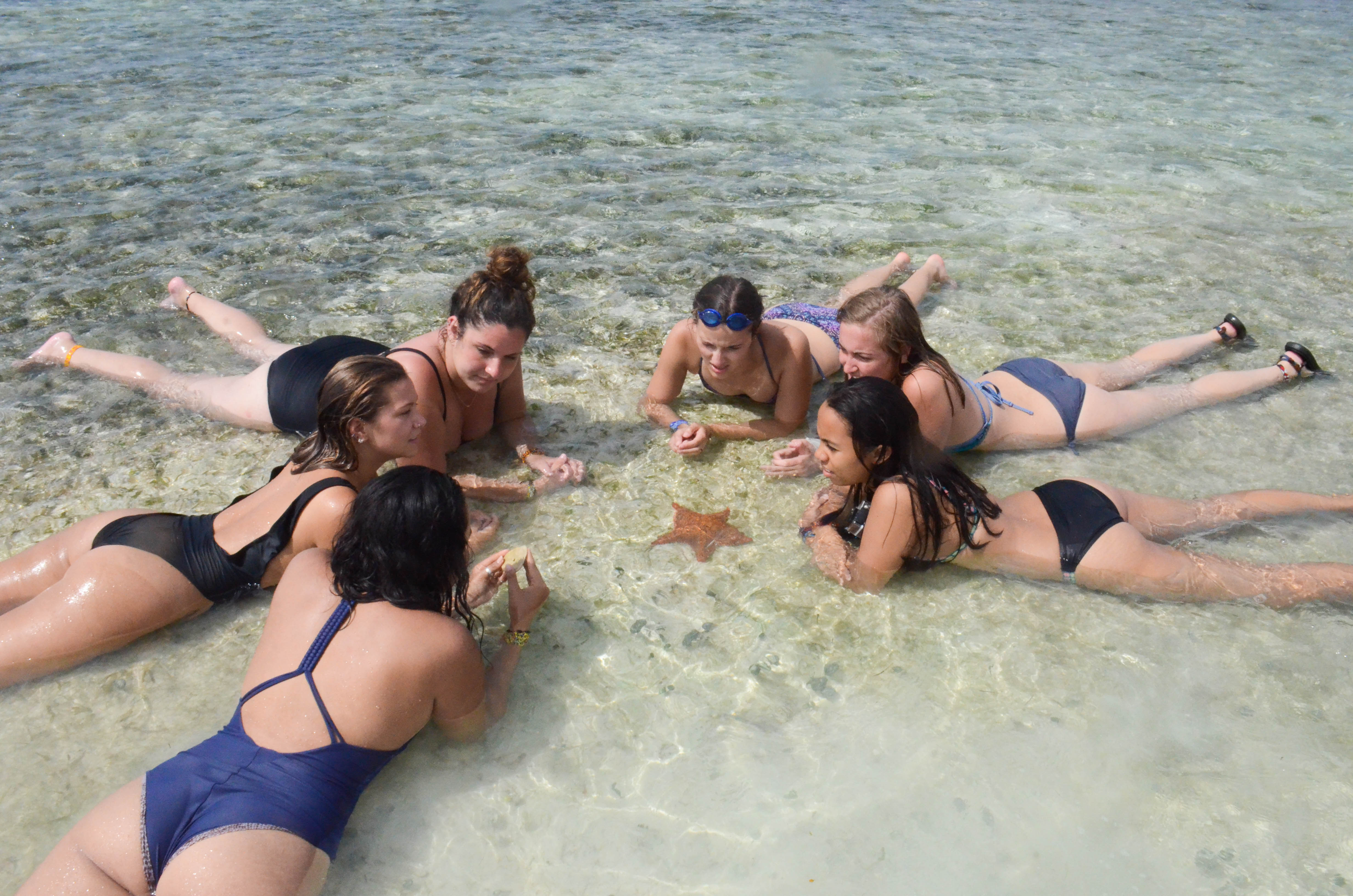
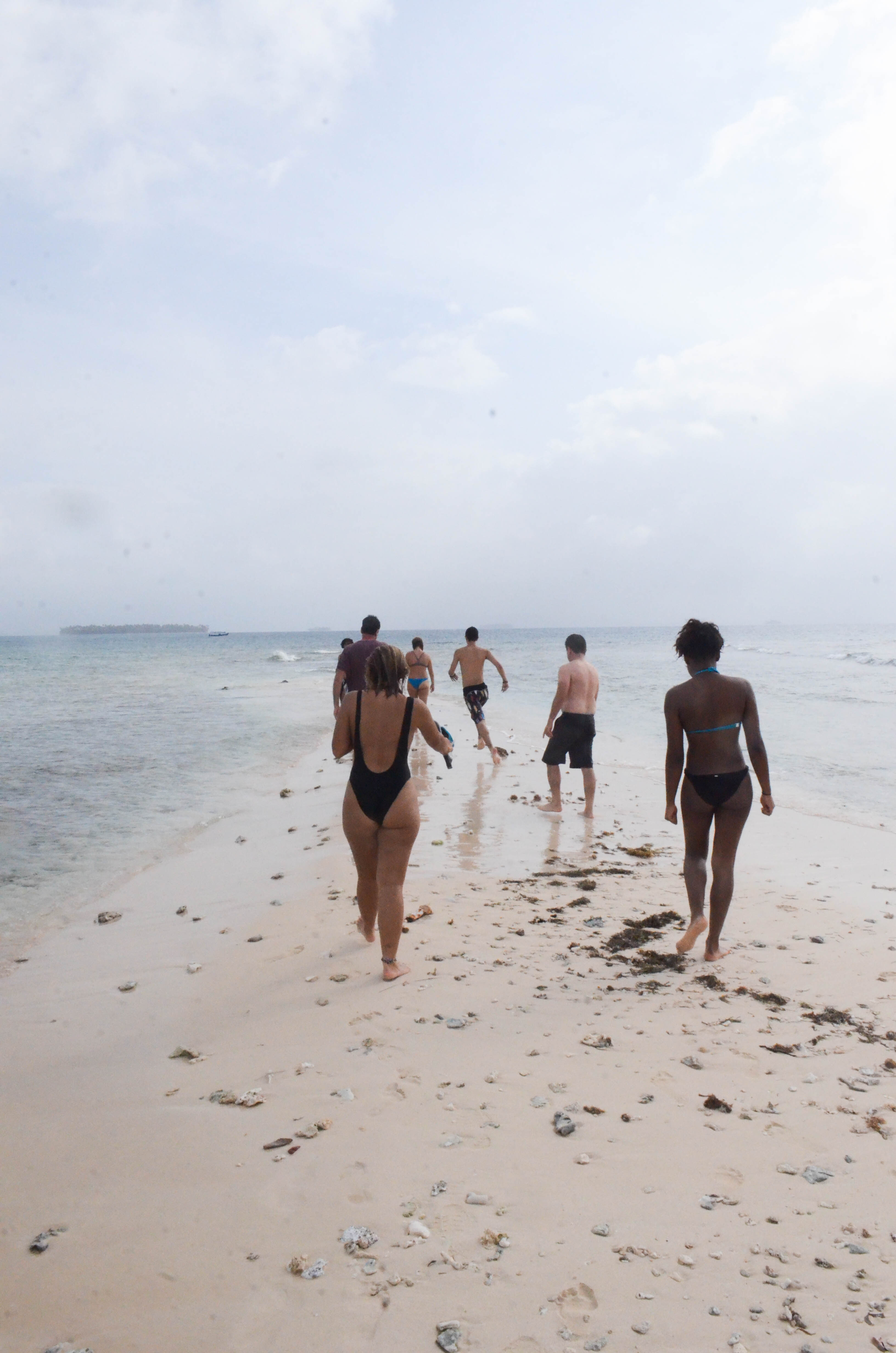
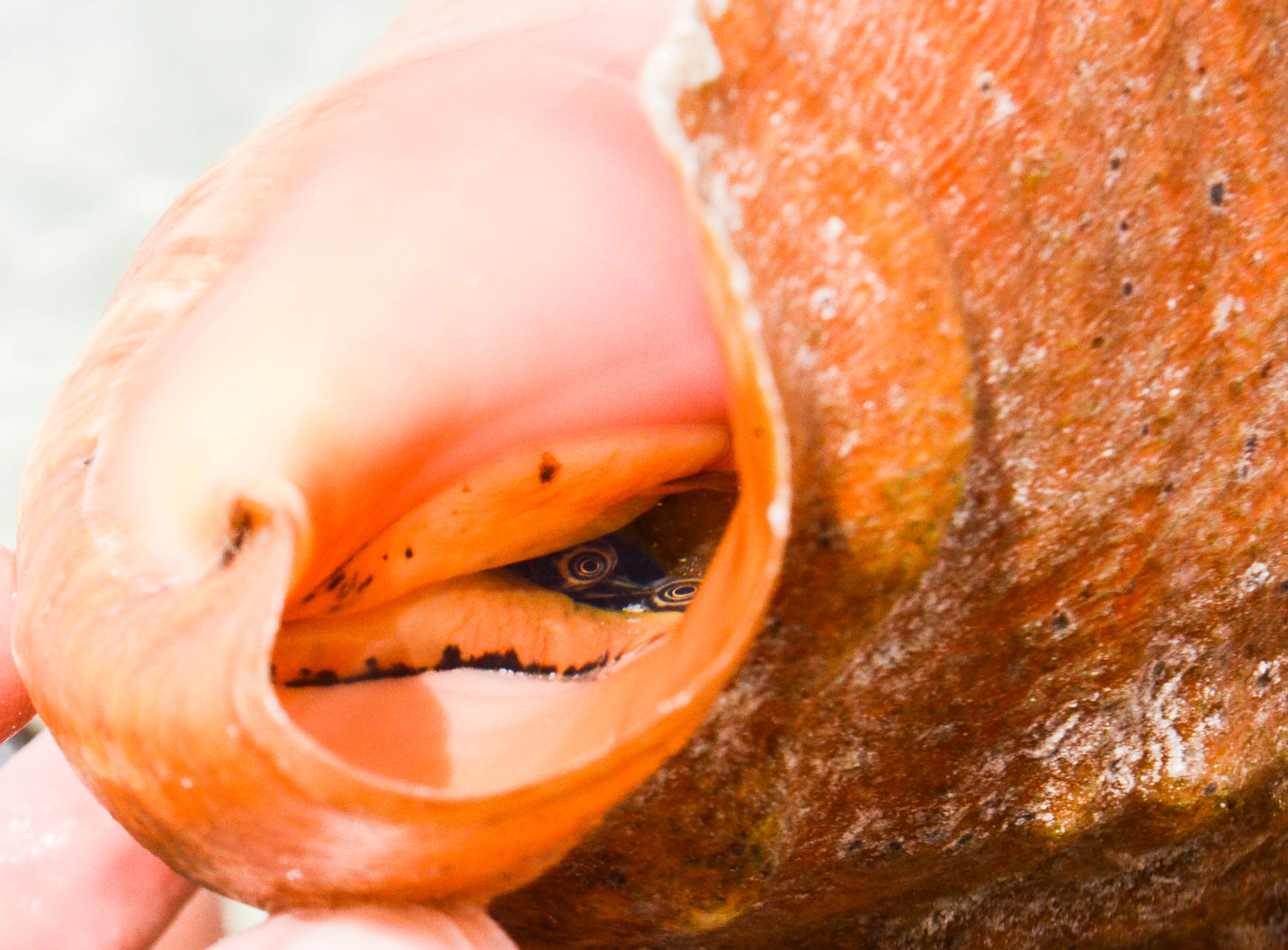
A conch shell found while snorkeling. Peep the creepy eyes in there.
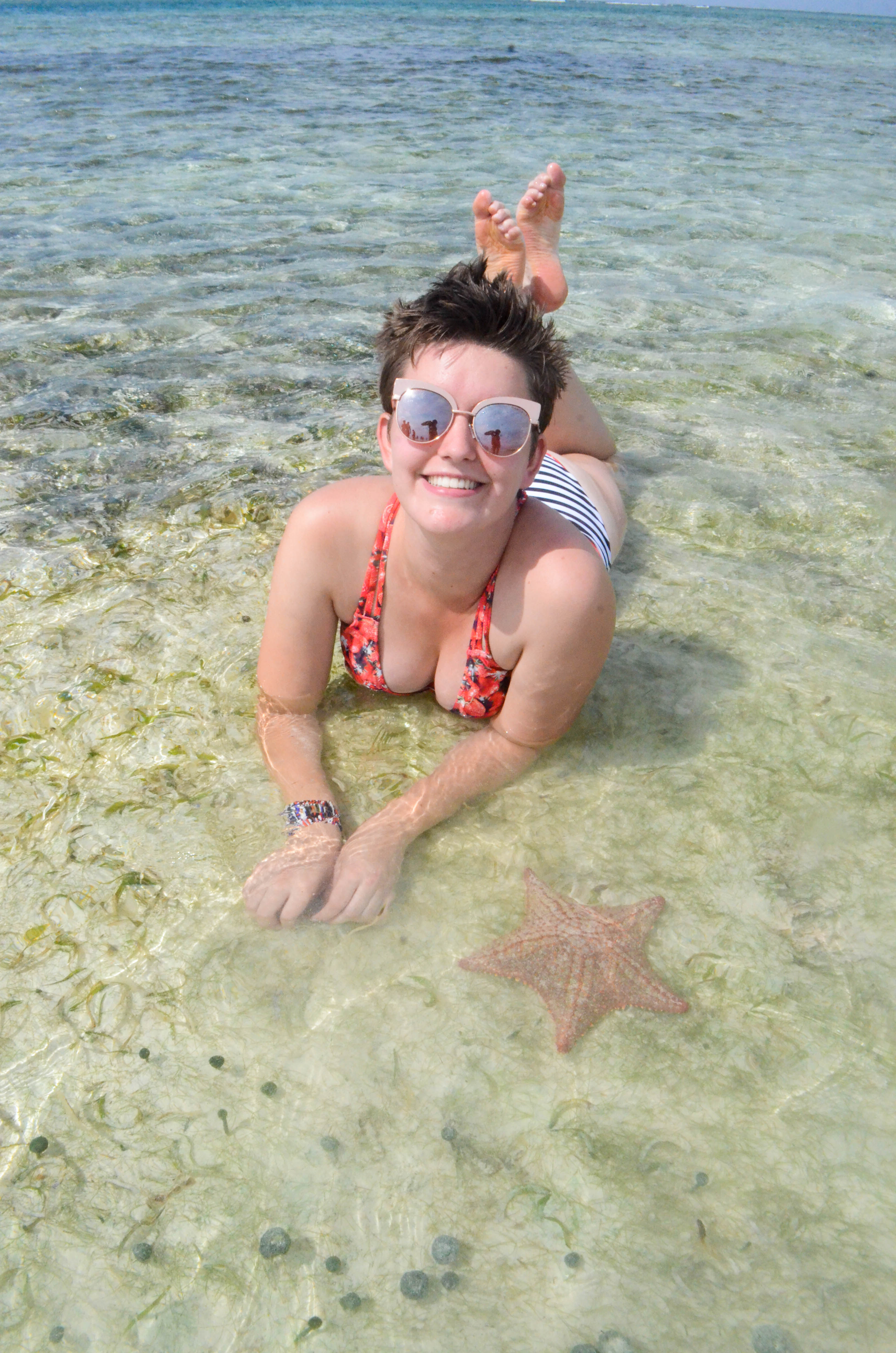
I will always carry something with me from my visit to Guna Yala, and that will be sand from the islands that I was perpetually covered in and am still finding all over everything. Beyond that, I have a new understanding and appreciation of an indigenous group that in simple terms won. They won against the big colonial force and have maintained their way of life. My time in Guna Yala was truly priceless, and it is experiences like this that assure me that I picked the best program for me.
